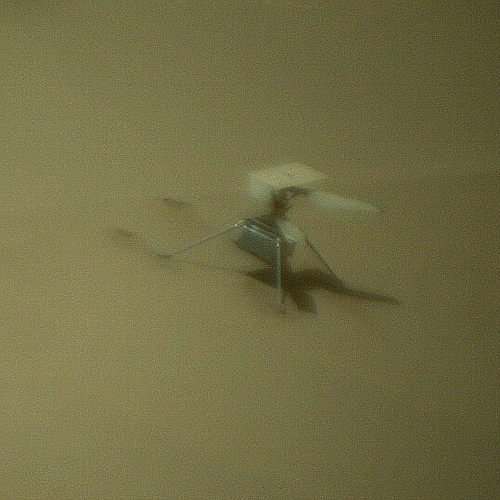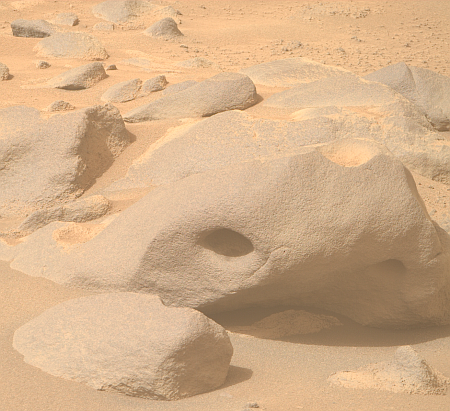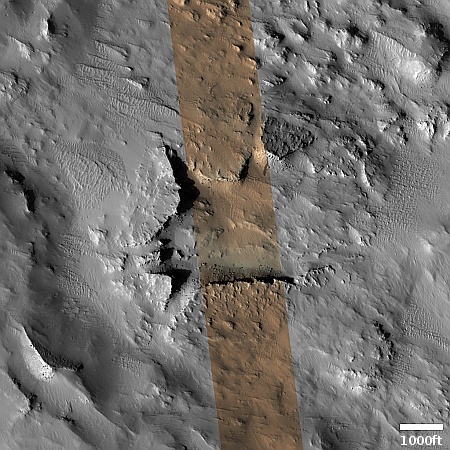Blue Origin completes delivery of the two BE-4 engines for ULA’s second Vulcan launch
Blue Origin this week completed delivery of the two BE-4 engines needed for the second launch of ULA’s Vulcan rocket, presently scheduled for sometime this fall.
That launch was originally targeting an April launch, but according to official announcements has been delayed until the fall because final ground testing of its payload, Sierra Space’s Tenacity mini-shuttle, is not complete. It appears that Blue Origin also contributed to that delay, as it is now obvious that its engines were not available as planned in time for that April launch.
This delay also raises questions about Blue Origin’s ability to ramp up BE-4 engine production to meet the needs of ULA’s Vulcan rocket and Blue Origin’s New Glenn rocket. Both have large launch contracts with Amazon to launch its Kuiper constellation, while ULA also has almost as many contracts with the U.S. military. To meet those contracts, Blue Origin will have to produce several hundred BE-4 engines yearly in the very near future. Right now it appears it can only produce about one per year.
Blue Origin this week completed delivery of the two BE-4 engines needed for the second launch of ULA’s Vulcan rocket, presently scheduled for sometime this fall.
That launch was originally targeting an April launch, but according to official announcements has been delayed until the fall because final ground testing of its payload, Sierra Space’s Tenacity mini-shuttle, is not complete. It appears that Blue Origin also contributed to that delay, as it is now obvious that its engines were not available as planned in time for that April launch.
This delay also raises questions about Blue Origin’s ability to ramp up BE-4 engine production to meet the needs of ULA’s Vulcan rocket and Blue Origin’s New Glenn rocket. Both have large launch contracts with Amazon to launch its Kuiper constellation, while ULA also has almost as many contracts with the U.S. military. To meet those contracts, Blue Origin will have to produce several hundred BE-4 engines yearly in the very near future. Right now it appears it can only produce about one per year.










